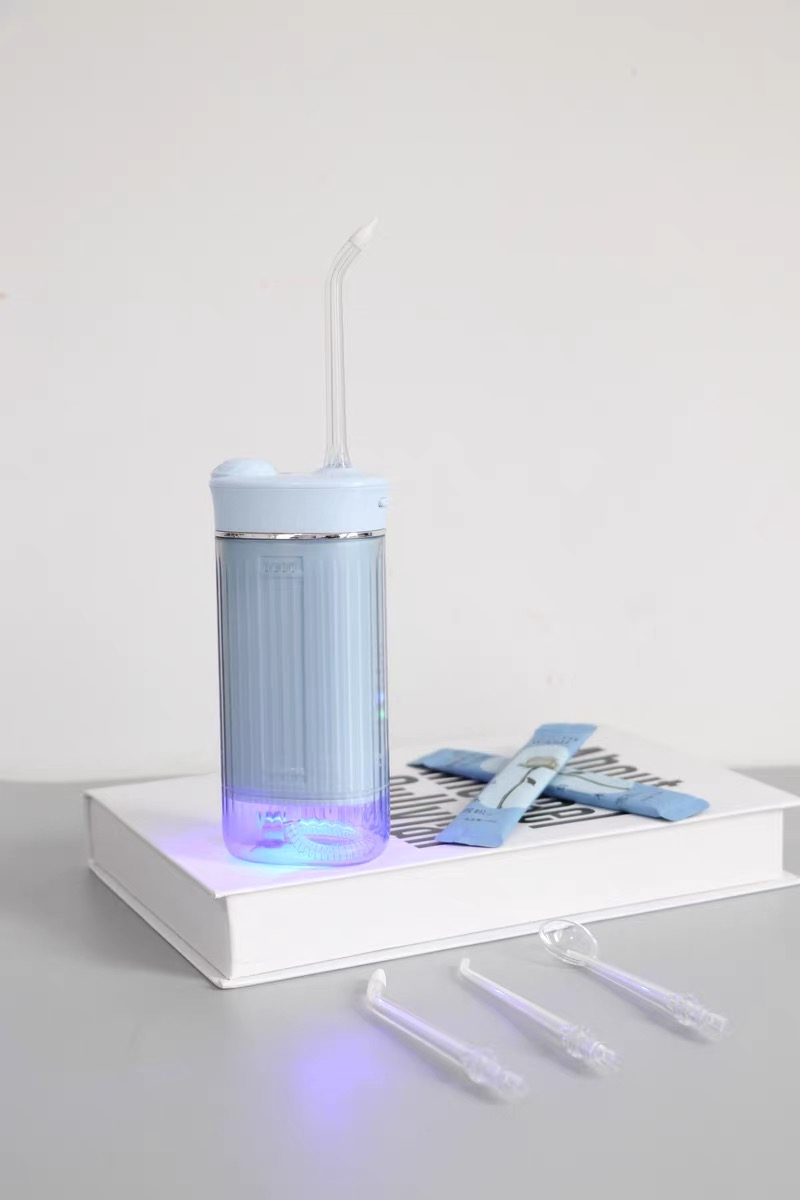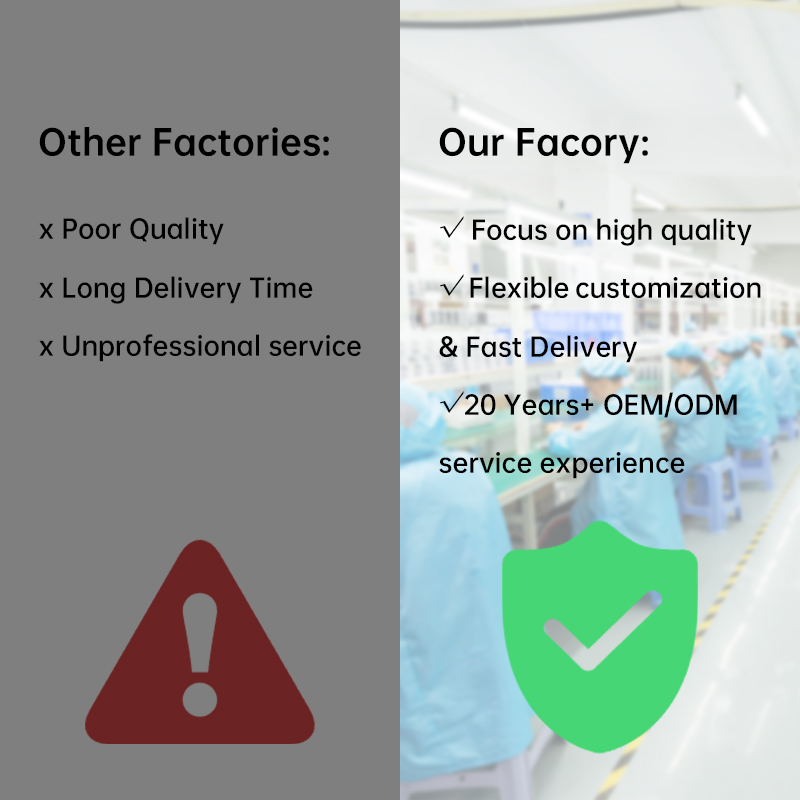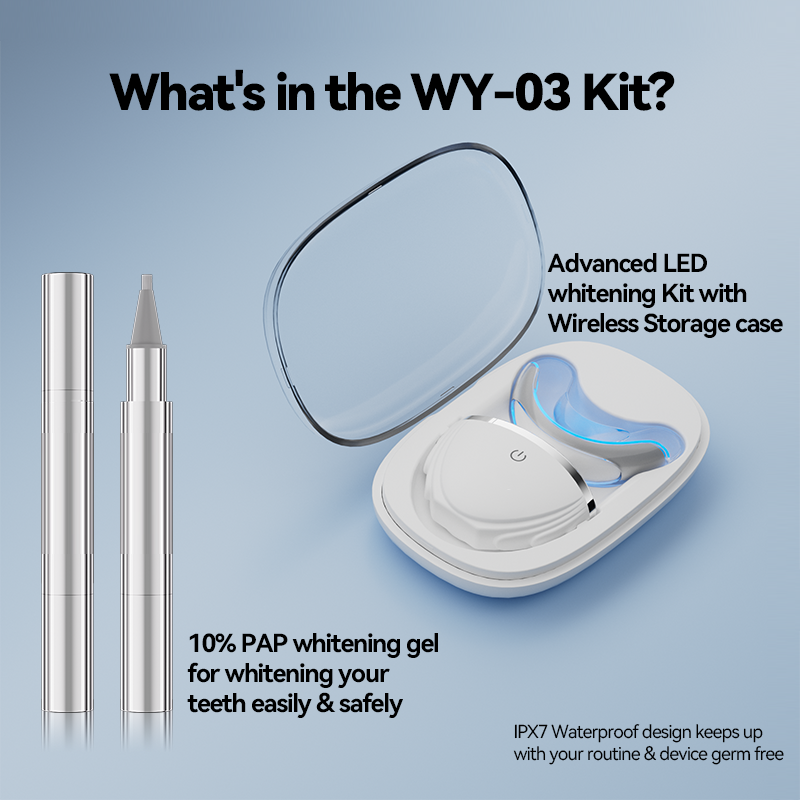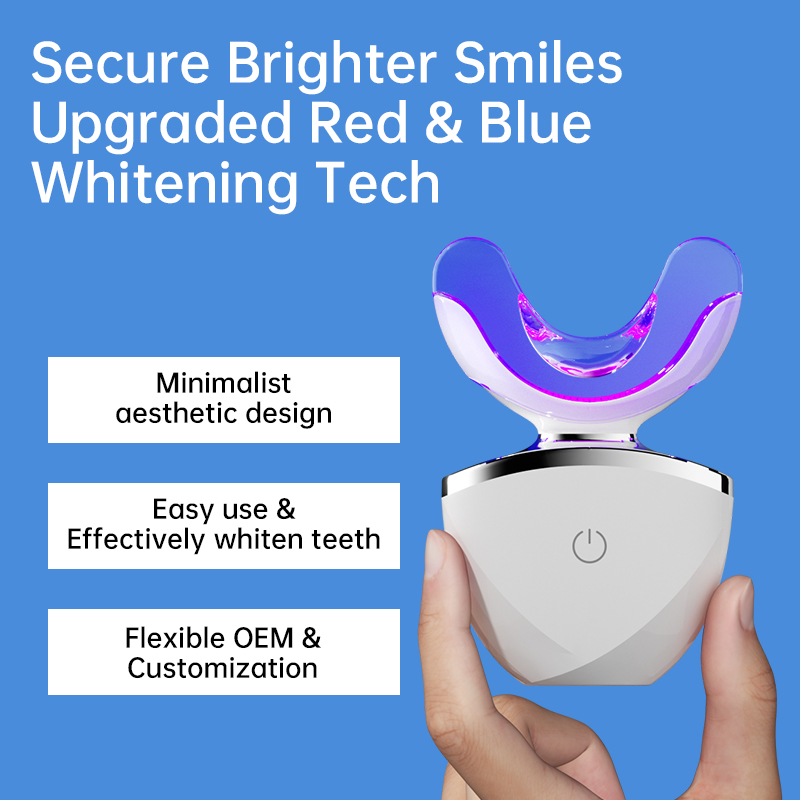For any brand in the oral-care space looking to partner with an original equipment manufacturer (OEM) or factory, understanding the US toothbrush market size is foundational. In this article we offer a clear “strategic OEM overview” of the toothbrush segment within the wider oral care industry, and highlight manufacturing-planning considerations for new entrants and established brands alike. We’ll connect market size data with actionable insights in manufacturing planning, so you can make informed decisions.
Key themes: Market Size of Toothbrushes in the US, strategic OEM overview, oral care industry analysis, manufacturing planning.
Before diving into toothbrush-specific numbers, it’s helpful to contextualise within the broader oral-care industry. The US oral‑care products market (i.e., toothpaste, toothbrushes, floss, mouthwash, etc.) was estimated at USD 11.41 billion in 2024, and is forecast to expand at a CAGR of about 5.6 % from 2025 to 2030. Grand View Research
Within that, the toothbrush segment is one of the core product categories – but it also has unique dynamics such as high replacement frequency, low price per unit, and significant competition from electric vs manual formats.
Now let’s look specifically at the US toothbrush market size and growth. According to one source, the US manual toothbrush market generated around USD 730.4 million in 2021, and is projected to reach USD 1,236.8 million by 2030, a CAGR of about 6% from 2022-2030. Grand View Research
Another North America estimate indicates that the US share of the manual toothbrush market might reach about USD 1,662.2 million by 2030. KBV Research
As such, for any manufacturing partner or brand planning an OEM relationship, these figures give a baseline for total market “pie” size. When you combine manual + electric toothbrush segments, the total addressable market in the US is meaningful and growing.
Understanding the trends gives OEMs and brand-owners the strategic signals for manufacturing planning. Some key dynamics:
The manual toothbrush segment remains large and still growing modestly (≈ 6% CAGR for US manual). This means stable demand and opportunity for cost-efficient manufacturing.
The premium / electric toothbrush segment is growing faster globally (e.g., the global electric toothbrush market was valued at USD 3.8 billion in 2023 and projected to reach USD 8.4 billion by 2033) which signals a shift in formats and higher margin potential. Market.us
The broader oral care category indicates rising consumer awareness of dental hygiene, new product formats (smart brushes, eco-friendly materials), and expanding online channels. These trends mean manufacturers need flexibility (for example, to handle smart components or biodegradable parts) and brands need OEMs who can adapt.
Distribution channel dynamics: in the North America manual toothbrush market, the offline channel (retail stores, pharmacies) remains significant while online is growing. KBV Research+1
From an OEM perspective, these mean you’ll want to plan manufacturing and sourcing with an eye toward:
product variants (manual, electric; basic vs premium)
materials (soft bristles, varying handles, eco-features)
volumes (manual brushes will drive bulk; premium formats will drive margins)
supply chain agility (for example, shifts in packaging, sustainability demands, consumer trends)
When a toothbrush-brand is looking for a manufacturing partner (OEM/factory), the conversation should include several critical dimensions. Here is a checklist of manufacturing-planning issues:
Volume capability & unit cost – Given the US toothbrush market size and margins, you need a factory that can support large volumes of low-cost units (for the manual brush segment) and has flexibility for smaller batch premium lines (electric or designer brushes).
Product-format flexibility – The OEM should support different brush types (manual vs electric), bristle hardness/softness, head shapes, materials (including eco materials), and packaging formats. Because the oral-care industry analysis shows innovation is ongoing.
Quality & regulatory compliance – Oral care products are consumer health-adjacent, so manufacturing must meet material safety, production consistency, bristle performance, etc.
Supply-chain resilience – As the US Market Size of Toothbrushes is competitive and evolving, brands need to ensure the OEM has dependable sourcing of components (handles, bristles, electronics if applicable), and can adapt to fluctuations (raw material costs, sustainability demands).
Cost structure & margin model – With the market size for manual brushes around USD 1.2 billion in the US by 2030 (for manual alone) and decent growth, brands must model their margin targets and ensure the OEM price allows profitability after distribution, retail margin, marketing.
Innovation & value-added features – Given stronger growth in premium/electric segments, brand-owners need OEMs who can support upgrades (smart sensors, IoT connectivity, premium packaging, eco-friendly materials). This is a strategic differentiator.
Scalability & lead times – If your brand wants to capture greater share of the US toothbrush market, you’ll need an OEM partner that can scale up (or down) and meet lead-times without sacrificing cost or quality.
In summary:
The US Market Size of Toothbrushes is sizable (for manual alone around USD 700 million+ in 2021, projected to exceed USD 1.2 billion by 2030) and growing.
From an overall oral care industry perspective, the US market is about USD 11.4 billion in 2024 and growing ~5.6% per annum.
For brands looking to engage in OEM manufacturing, this offers an attractive opportunity—but success depends on selecting partner(s) who meet the manufacturing-planning criteria above (volume, flexibility, cost, innovation).
The “strategic OEM overview” for a toothbrush brand therefore means aligning your brand positioning (mass market manual vs premium/electric), sourcing strategy, manufacturing partner capabilities, margin assumptions, and go-to-market timing.
As you evaluate potential manufacturing partners, request detailed quotes broken down by unit cost, tooling cost, minimum order quantity (MOQ), lead times, alternative materials (eco friendly), capacity ramp-up plans, quality certifications, and flexibility for product variation.
Map your target segment in the US toothbrush market (manual vs electric; price tier; design features).
Estimate your first 12-24 months volume based on market size and target share; use the US toothbrush market size numbers as boundary conditions.
Shortlist OEMs/factories with experience in oral-care brushes, visit or audit their facility (if possible), review quality systems, capacity.
Negotiate a contract that allows scalability, variation, and reasonable cost; ensure margin for your brand marketing, distribution, and retail margin.
Plan for product innovation (eco materials, smart features) early—these are increasingly relevant in the oral-care industry.
Monitor market trends continuously (bristle materials, consumer preferences, distribution shifts) so that your manufacturing partner remains aligned.
Hotel Amenity Sonic Toothbrush Wholesale – OEM Supply for Hospitality Brands

How Do Quality Water Flosser Components Impact the Reliability of an Oral Irrigator OEM Product?

Maximizing Water Flosser Lifespan Through Quality OEM Manufacturing

Why Should a Whitening Kit Supplier Include an LED Whitening Device for Advanced Home Care?
Electric Toothbrush for Wellness Subscription Boxes – OEM/ODM Supply Guide
Portable Teeth Whitening Pen Supplier – OEM/ODM Private Label Solutions
.jpg)
What Causes a Water Flosser to Stop Working? A Manufacturer’s Analysis

Solving Water Flosser Common Problems: A Manufacturer’s Guide to Reliable water flosser Performance

How Do Water Flosser Accessories Enhance the Value of a Travel Oral Care Kit for Distributors?

Can Innovative Toothbrush Mold Design Facilitate Ergonomic Custom Toothbrush Handle Production?

How Does a Teeth Whitening Gel OEM Partner with a Whitening Strips Manufacturer for Holistic Kits?

Why Select an Electric Toothbrush Factory with ISO Certified Production for International Sales?

How Long Is the Warranty on a Water Flosser? OEM Policy Guide

electric toothbrush heads Charcoal Infuse-Round

electric toothbrush heads Ultra Soft

Electric toothbrush heads Charcoal Infused-Diamond
.jpg)
Florida Electric Toothbrush – Powsmart PTR-C8

electric toothbrush heads Regular Clean

Customization Teeth Whitening Gel

electric toothbrush heads Deep Clean

Private Label Whitening Gel
whstapp
whstapp
National Toll-Free Service Hotline
+86 755 86238638